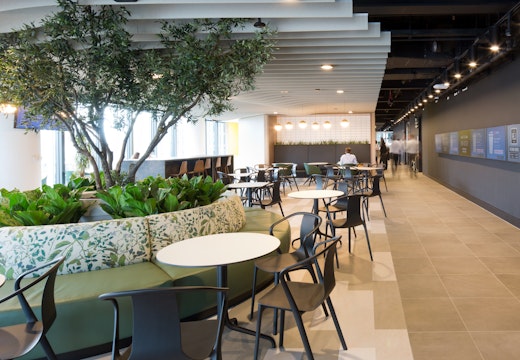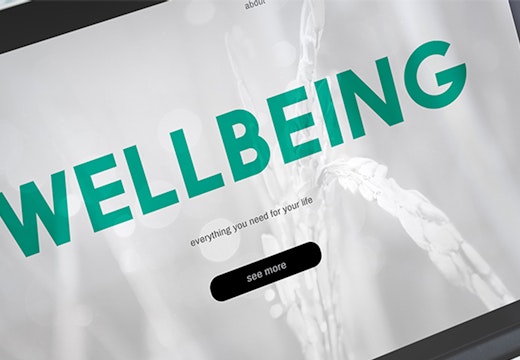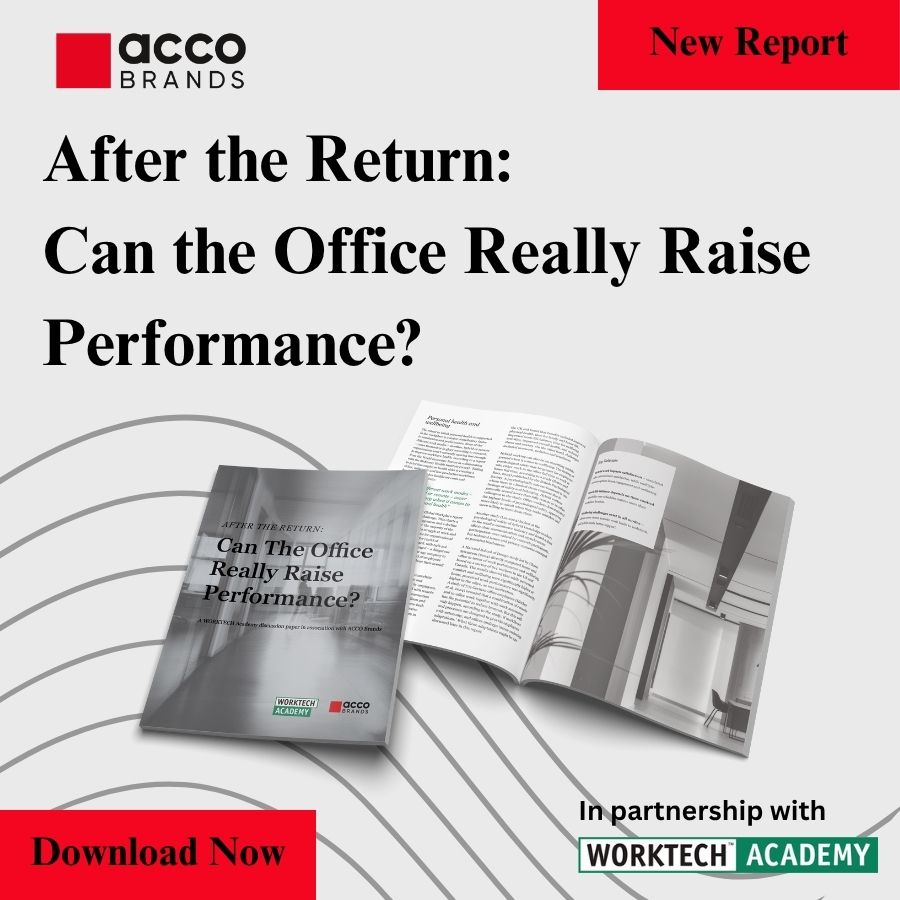Productivity push: mind the gap between landlords and occupiers
Findings from the Stoddart Review suggest that an effective workplace can boost business productivity. Leeson Medhurst from 360 Workplace discusses his initial thoughts about the Review’s findings
The Stoddart Review in the UK was set up to look at ways the workplace can help improve business productivity – it has revealed that an effective workplace can improve productivity by as much as 3.5 per cent. Here we quiz Leeson Medhurst from 360 Workplace on his initial thoughts about the Review’s findings.
What is your initial reaction to the Stoddart Review, particularly the idea that in future ‘workspace will always be in beta’? Does this reflect the reality of the situation from your experience?
No, it doesn’t reflect the situation. The reality is that there is still a huge divide between landlord and occupier demands. Until we solve this problem, the Stoddart Review remains useful but there is a bigger problem to address. Landlords and developers need to build spaces that are not only suitable for occupier needs today, but also to meet their future requirements. In today’s market, the corporate need for large space is beginning to dwindle: occupiers are encouraging their employees to work in the office less. They want to reduce real estate costs and also optimise the space they occupy. A previous blog I have written on this topic can be found here.
What are the implications of this for office fit-out firms and workplace design consultants? Have they had to fundamentally change their approach to projects, and if so how?
The way in which we work is ever changing. This new concept of a transient workforce is being driven by tech, rather than enabled by it. The younger generation is changing the workplace but we shouldn’t assume it’s only the next gen that wants all the new, cool stuff. In most cases, new ideas are adopted across all age demographics. The fastest uptake of new ways of working in our experience has been across Generation X, or those born between 1966 and 1976. In our opinion, what has fundamentally changed is the need to dig deeper and further understand the client’s true needs. The one-size-fits-all policy has been retired. Let’s not forget, it’s the workforce that is the biggest asset, enabling an organisation to excel.
To what extent do clients understand the concept of designing for the future? What should they be thinking about?
Every business is unique and workplace consultants need to understand how their clients function. Within each company there are different individuals, such as introverts and extroverts. It’s down to consultants to go on a journey of discovery to establish the facts. As William Denning famously quotes: ‘Without data we are nothing but people with opinions.’
What we do know, and can say with some confidence, is that a skills shortage exists within management to manage the agile worker. Despite much noise about smart working, there is a resistance from C-Suite executives who still believe in presenteeism as the best way to manage staff. This is command and control. 80 per cent of businesses believe that a remote workforce is difficult to control and prefer to take larger leases in order to be able to accommodate everyone physically. This may not change until the younger generation rise up the ranks into the most senior roles.
Many consultants focus on the design, and yes, it is widely agreed that the workplace has a direct influence on worker performance and wellbeing. However, I would argue that change management and improved training are also crucial to ensure the successful adoption of new ways of working.
Do consultants or fit-out firms have a role to play in getting them to think about their future requirements, and how these may change?
Absolutely, yes – true understanding is the key to success. A consultant needs to learn the fabric of a business – who, what, why, where and when. A consultant needs to become the petulant child who is not afraid to ask why. Only through knowledge and understanding can we be effective. We all talk of three spheres: place, people and tech. But there are at least five – wellness and change management are often overlooked. Probing and challenging belief is our job, not overtly shoehorning a strategy into effect just because it may win a design prize. A particular design concept may look good in San Francisco or in Shoreditch – but is it right for you?
How is the requirement to test the productivity performance of space carried out now? And how does it need to change?
In terms of requirements to test productivity, it’s a difficult equation. Different people measure productivity in different ways. Ten years ago, many people measured productivity by pay or promotions or new titles, and those things are now considered passé. Nowadays, productivity is governed by the return on investment (ROI) for the business and by how much the team is getting from the space. Productivity gains must be measured by the individual’s performance in that space. For example, productivity could be measured by space costs, by employee attrition or by how many sick days are taken by staff. It is universally agreed that a well-designed workplace engages staff and enhances productivity. If a client wants to reduce sick days, they should introduce a wellness programme. Alternatively, if staff engagement is a priority, a business should introduce a flexible working pattern.
How are office furniture providers adapting their offerings to the shorter workspace lifecycles?
Furniture is still an expensive commodity that is underwritten over a period of 5-10 years. For most business leaders, the thought of renewing product in such short timescales is hugely unattractive. As agile environments become increasingly common, we are seeing a shift away from traditional desk working to flexible working. As a result, clients are ordering fewer desks and more loose furniture, to create different types of working positions. This is akin to the airport lounge or hotel lobby, where we are empowered to decide where we want to sit based on the type of task we are about to undertake.








